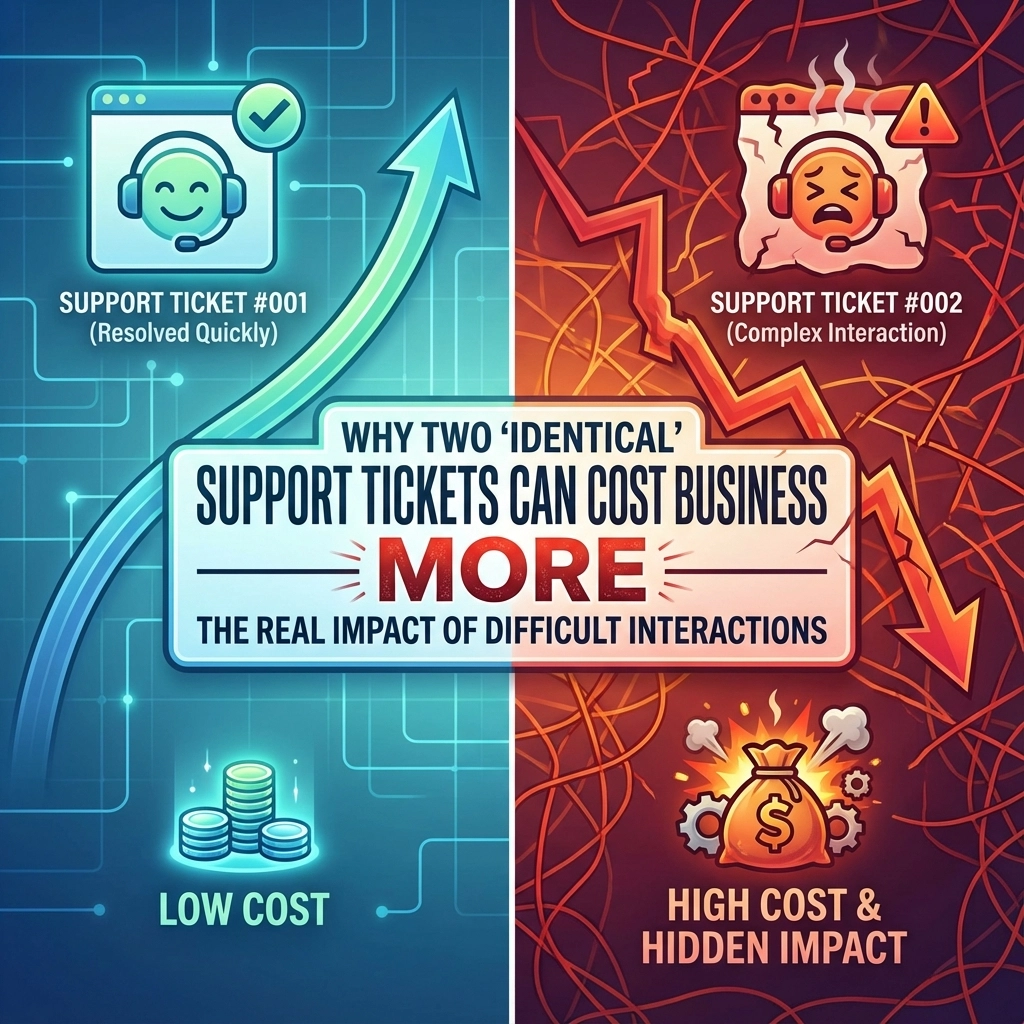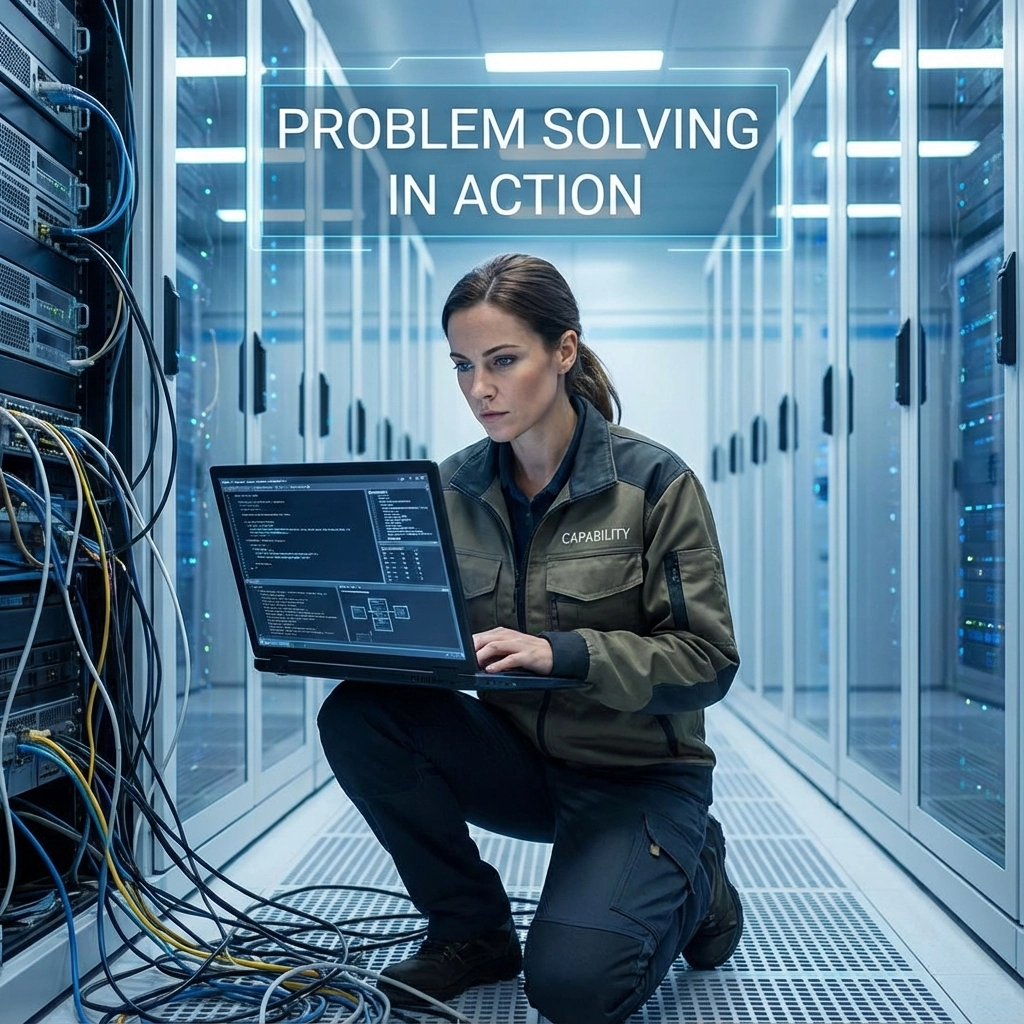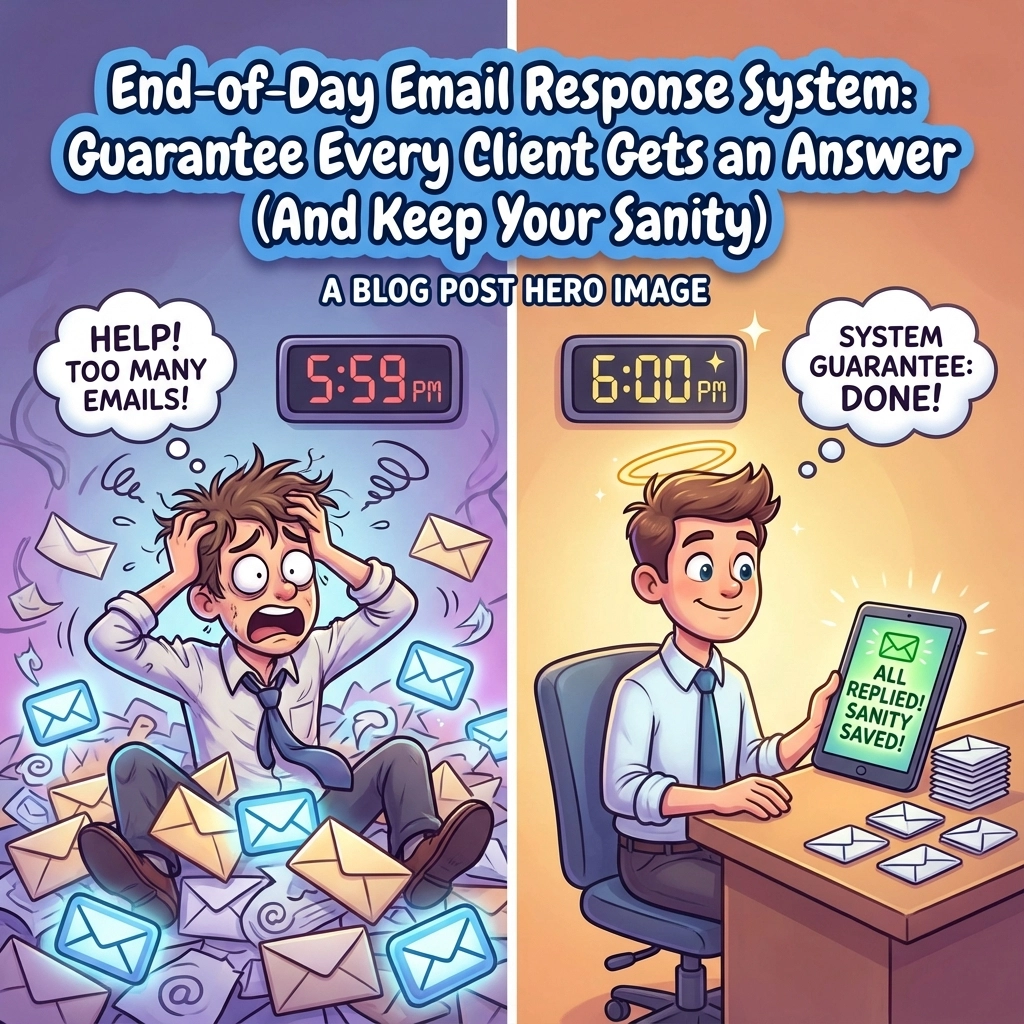When we have technical problems with our devices, software, or any other complex system, troubleshooting is the process we use to find solutions. However, identifying the issue is not always a simple task. It can sometimes require patience, a lot of back and forth, trial and error, and in some cases, a workaround instead of a definitive solution. In this article, we talk about how troubleshooting has many steps and why people need to work together to solve problems. There are no magic wands that can fix everything right away. Instead, let’s learn how to solve problems together.
Acknowledging there is an issue:
The first step in figuring out how to fix a problem is to realize that there is one. Users are the first source of information about problems because they are the ones who report them. Without their help, it’s hard for technical support or system administrators to figure out what’s wrong and fix it quickly. Users must give accurate and detailed information about the problem, including any error messages, symptoms, and steps that led to the problem. If we don’t hear about it, we cannot help correct it.
Gathering Information:
When a problem is reported, the next step in troubleshooting is to get more information. This could mean asking specific questions of the user or running diagnostic tests to narrow down the list of possible causes. It is very important for the user to cooperate in order to get the information or actions that are needed. Most of the time, troubleshooting requires the user and support staff to work together to find out more about the problem. The resolution may be delayed if incorrect or incomplete information is relayed or given, or if we are not given enough time to conduct appropriate research.
Isolating the Cause:
Troubleshooting is like doing detective work because the goal is to find the problem’s root cause. Possible causes are looked at one by one in a logical and organized way until the culprit is found. But finding the cause isn’t always a straight line. Sometimes you have to try and try again, ruling out different things as you go. Users need to be patient and work together because they may be asked to give feedback, do certain things, or try out different solutions.
Implementing Solutions:
Once the problem’s cause has been found, the right solutions can be put in place. But it is important to know that not all problems can be solved quickly or with a simple change. Troubleshooting usually involves a number of steps, such as updating software, making changes to the configuration, or even replacing hardware. Users need to know that solving complicated problems can take time and may require them to follow instructions or give more feedback.
Testing and validation:
After putting a solution in place, it is important to test and make sure that the problem has been fixed. Users should be told to test the system or app thoroughly to make sure it works the way it’s supposed to. This step may require patience and teamwork since the test results may show that more changes need to be made. Getting feedback from users at this stage is very helpful for fine-tuning the solution or fixing any problems that still exist.
Communication and Follow-Up:
Fixing the issue is just the beginning of a troubleshooting process done right. System administrators and technical support staff must inform users of the results and offer guidance on how to proceed or what precautions to take. Users should also feel comfortable providing feedback or requesting additional assistance if the problem persists or new issues arise. Constant conversation and teamwork build trust and make it easier to solve problems.
Conclusion:
Together, users and technical support staff must explore many possible solutions in order to fix a problem. Successful problem solving calls for a methodical strategy, user patience, and user participation. There are no easy answers or quick fixes. Instead, troubleshooting is predicated on a systematic approach to finding, isolating, and fixing issues. Users can greatly aid in finding solutions and restoring normal operation to the systems and devices they rely on if they are willing to cooperate and take an active role in the troubleshooting process.
Share this:
- Click to share on Facebook (Opens in new window) Facebook
- Click to share on Tumblr (Opens in new window) Tumblr
- Click to share on X (Opens in new window) X
- Click to share on Pocket (Opens in new window) Pocket
- Click to share on Pinterest (Opens in new window) Pinterest
- Click to share on LinkedIn (Opens in new window) LinkedIn





